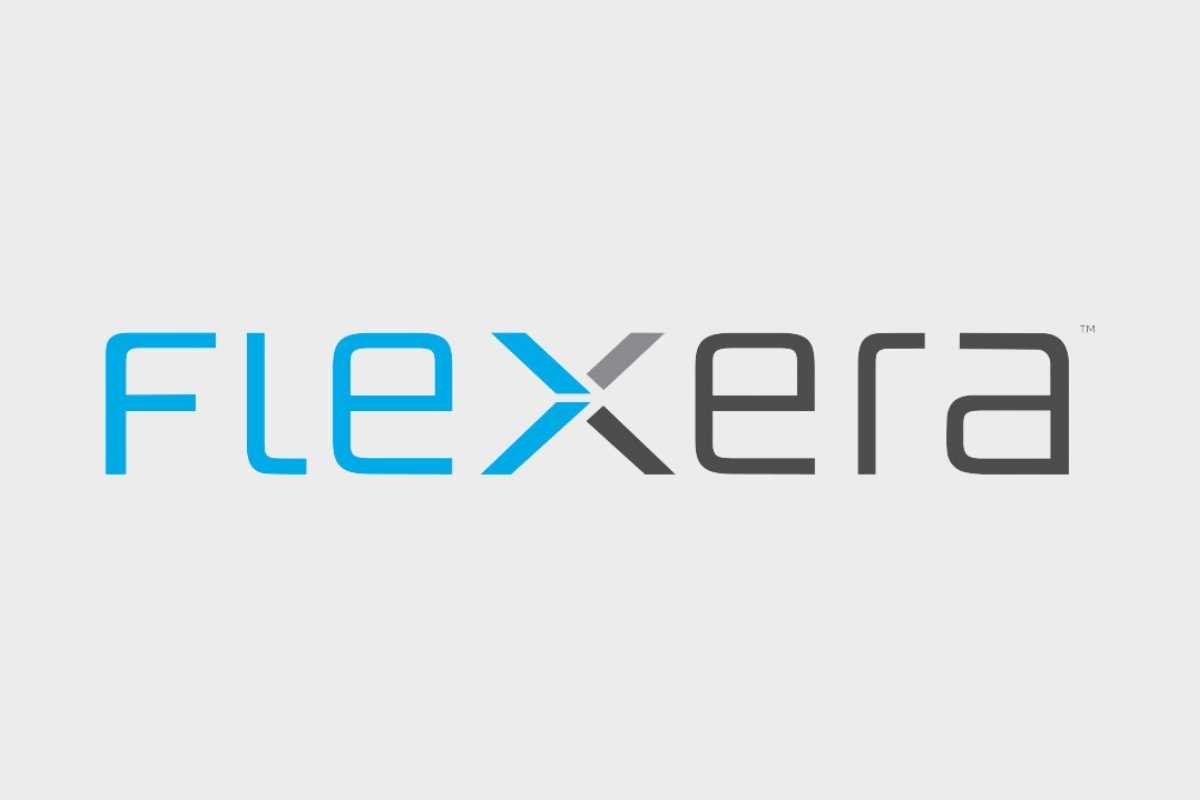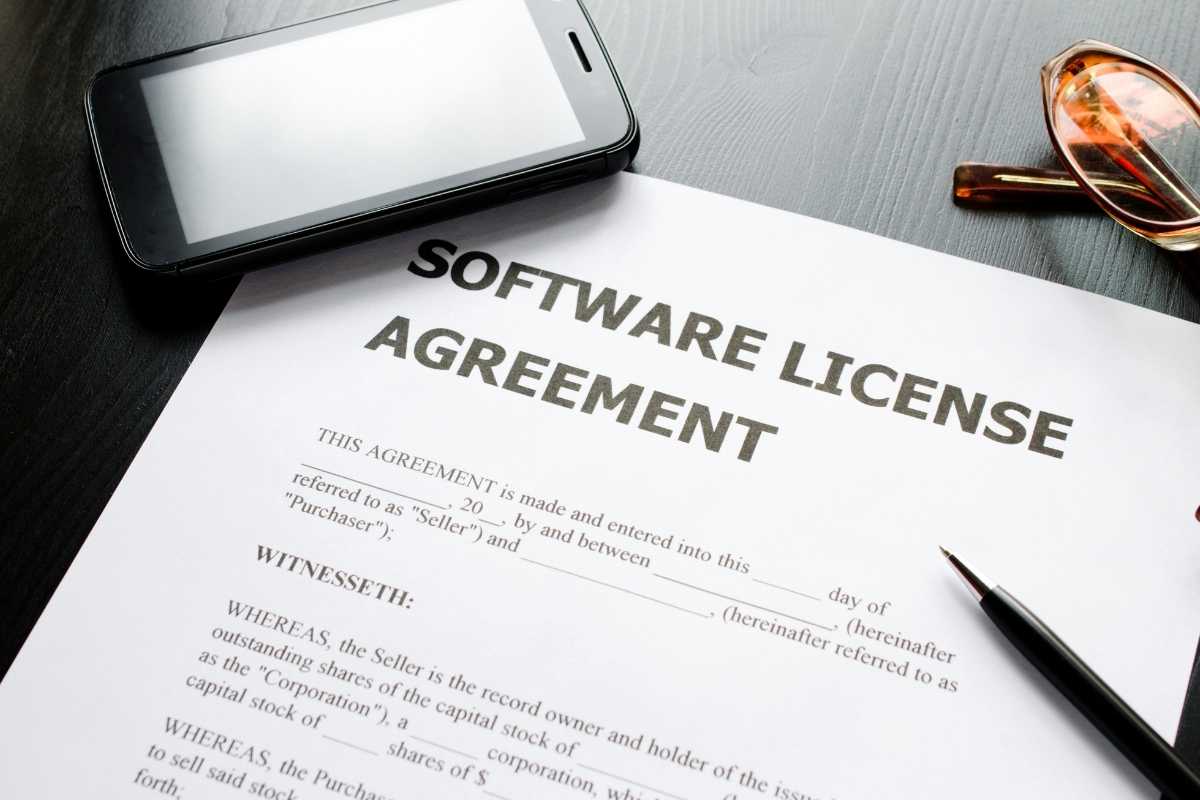In today’s digital landscape, organizations are increasingly reliant on software to enhance productivity and drive growth. However, with this dependence comes the complex challenge of software licensing management. Proper management of software licenses not only ensures compliance with legal requirements but also maximizes the value derived from software investments. In this article, we will explore the key aspects of software certifying management, its importance, best practices, and the tools available to assist businesses in navigating this intricate domain.
What is Software Licensing Management?
Software licensing management refers to the process of monitoring, controlling, and optimizing the use of software licenses within an organization. This includes acquiring licenses, tracking their usage, ensuring compliance with licensing agreements, and making informed decisions about software procurement and renewals. Effective management of software licensing can help organizations avoid costly penalties, reduce overhead costs, and ensure that employees have access to the tools they need to perform their jobs efficiently.
Importance of Software Licensing Management
- Compliance and Legal Protection: Non-compliance with software licensing agreements can lead to legal issues, including hefty fines and lawsuits. Software licensing management ensures that organizations adhere to licensing terms, protecting them from potential legal repercussions.
- Cost Efficiency: By monitoring software usage and understanding the licensing landscape, organizations can identify underutilized or redundant licenses. This insight allows businesses to eliminate unnecessary costs, negotiate better terms with vendors, and make more informed purchasing decisions.
- Optimized Resource Allocation: With a clear view of software assets and their usage, organizations can allocate resources more effectively. This ensures that employees have access to the software they need while preventing the over-purchasing of licenses.
- Enhanced Security: Keeping track of software licenses helps organizations maintain up-to-date security measures. Many software vendors require updates and support as part of their licensing agreements, ensuring that organizations are protected from vulnerabilities.

- 5. Improved Strategic Planning: Software licensing management provides valuable data that can inform future software procurement strategies. By analyzing usage trends and employee needs, organizations can better align their software investments with business goals.
Key Components of Software Licensing Management
To implement an effective management of Software Licensing strategy, organizations should focus on the following components:
1. License Inventory
Maintaining an accurate inventory of all software licenses is the foundation of effective software licensing management. This includes details such as the type of license (perpetual, subscription-based, etc.), number of licenses purchased, expiration dates, and any associated costs. Regularly updating this inventory is essential to stay compliant and make informed decisions.
2. Usage Monitoring
Monitoring software usage helps organizations understand how and when software is being utilized. This data can highlight underused licenses or reveal patterns in software demand, which can inform future procurement decisions. Tools that provide usage analytics can significantly streamline this process.
3. Compliance Audits
Regular compliance audits are crucial for ensuring that organizations adhere to licensing agreements. These audits should assess both software usage and compliance with licensing terms. By identifying potential compliance gaps, organizations can take corrective actions before issues arise.
4. Vendor Management
Building strong relationships with software vendors can lead to better contract negotiations and support. Understanding vendor offerings and staying informed about changes in licensing models can help organizations adapt their software strategies accordingly.
5. Education and Training

Educating employees about software licensing policies and compliance is vital. Providing training on the proper use of software and the implications of non-compliance fosters a culture of responsibility and awareness throughout the organization.
Best Practices for Software Licensing Management
To optimize this software certifying management, organizations should adopt the following best practices:
1. Centralize License Management
Implementing a centralized license management system allows organizations to streamline processes and maintain an organized inventory of licenses. This ensures all relevant stakeholders have access to up-to-date information and can easily track software usage.
2. Regularly Review License Agreements
Organizations should periodically review their software license agreements to understand their rights and obligations. This review process can reveal opportunities for negotiation, such as consolidating licenses or switching to more cost-effective plans.
3. Leverage Automation Tools
Utilizing software licensing management tools can automate many aspects of the licensing process, including inventory tracking, usage monitoring, and compliance auditing. These tools can save time and reduce the risk of human error.
4. Stay Informed on Licensing Changes
Software vendors often update their licensing models and terms. Staying informed about these changes can help organizations adapt their strategies and avoid compliance issues.
5. Foster Cross-Department Collaboration
Encouraging collaboration between IT, procurement, and finance departments can enhance the management of software licensing. Each department brings unique insights that can contribute to more effective license utilization and compliance.
Tools for Software Licensing Management
Several tools are available to assist organizations with software licensing management. Some popular options include:

- FlexNet Manager: This tool offers comprehensive software asset management capabilities, including license tracking, usage reporting, and compliance auditing.
- Snow Software: Snow provides a suite of solutions for software asset management, helping organizations optimize software usage and maintain compliance.
- ServiceNow: Known for its IT service management capabilities, ServiceNow also offers software asset management features that can aid in tracking licenses and ensuring compliance.
- ManageEngine AssetExplorer: This tool enables organizations to maintain an inventory of software assets, monitor usage, and conduct compliance audits.
- Ivanti: Ivanti provides solutions for managing software assets and licenses, allowing organizations to optimize their software investments and reduce costs.
Conclusion
In an era where software is critical to business success, effective software licensing management is paramount. By understanding the importance of managing software licensing and implementing best practices, organizations can ensure compliance, reduce costs, and optimize their software investments. With the right tools and strategies in place, businesses can navigate the complexities of software licensing, ultimately driving greater efficiency and productivity.
As the digital landscape continues to evolve, staying proactive in software licensing management will position organizations for sustained success in their software endeavors.


















